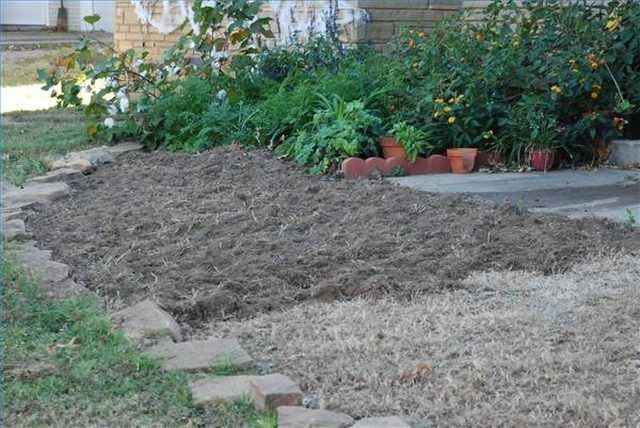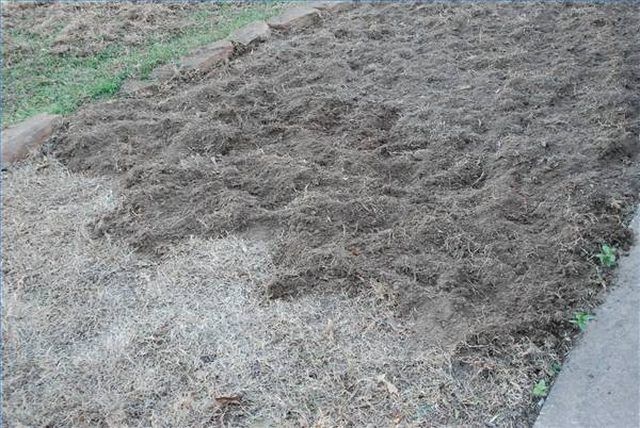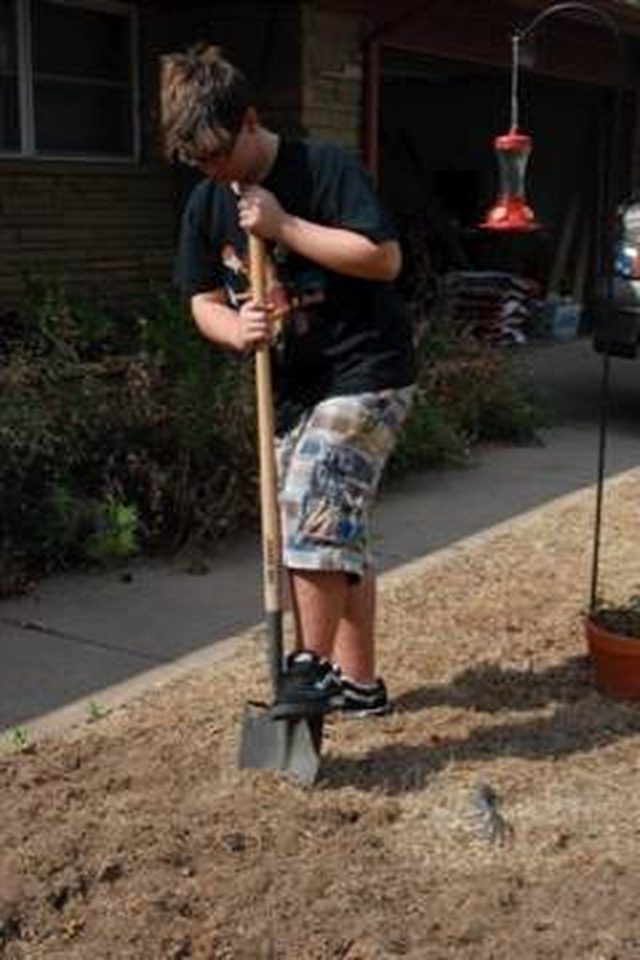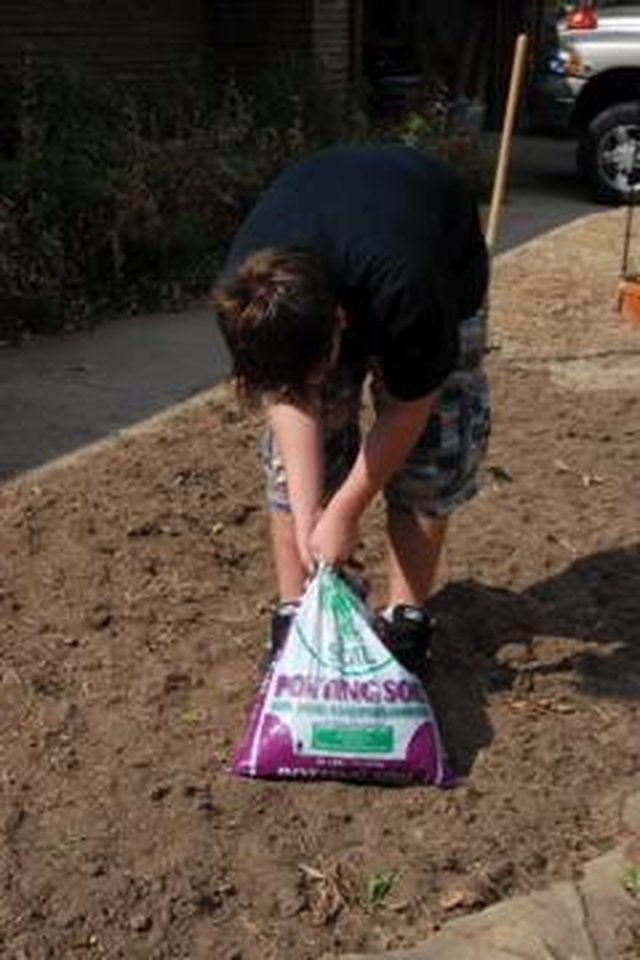Bulbs
Flower Basics
Flower Beds & Specialty Gardens
Flower Garden
Garden Furniture
Garden Gnomes
Garden Seeds
Garden Sheds
Garden Statues
Garden Tools & Supplies
Gardening Basics
Green & Organic
Groundcovers & Vines
Growing Annuals
Growing Basil
Growing Beans
Growing Berries
Growing Blueberries
Growing Cactus
Growing Corn
Growing Cotton
Growing Edibles
Growing Flowers
Growing Garlic
Growing Grapes
Growing Grass
Growing Herbs
Growing Jasmine
Growing Mint
Growing Mushrooms
Orchids
Growing Peanuts
Growing Perennials
Growing Plants
Growing Rosemary
Growing Roses
Growing Strawberries
Growing Sunflowers
Growing Thyme
Growing Tomatoes
Growing Tulips
Growing Vegetables
Herb Basics
Herb Garden
Indoor Growing
Landscaping Basics
Landscaping Patios
Landscaping Plants
Landscaping Shrubs
Landscaping Trees
Landscaping Walks & Pathways
Lawn Basics
Lawn Maintenance
Lawn Mowers
Lawn Ornaments
Lawn Planting
Lawn Tools
Outdoor Growing
Overall Landscape Planning
Pests, Weeds & Problems
Plant Basics
Rock Garden
Rose Garden
Shrubs
Soil
Specialty Gardens
Trees
Vegetable Garden
Yard Maintenance
How to Start a Flower Bed in a Grassy Area
How to Start a Flower Bed in a Grassy Area. Getting rid of grass in a flower bed is a headache. Bermuda grass will creep and take over the flowers if left untouched. Killing the grass outright before any flowers are added is an efficient way of getting rid and keeping away grass. Pulling up the grass after it is dead will prevent much of the grass...

Getting rid of grass in a flower bed is a headache. Bermuda grass will creep and take over the flowers if left untouched. Killing the grass outright before any flowers are added is an efficient way of getting rid and keeping away grass. Pulling up the grass after it is dead will prevent much of the grass from coming back later. Flower beds that are started using this method will have less upkeep and far fewer weeds and grass. Take your time and don't over work yourself. Start your flower bed today so that seeds can be sown or flowers planted come spring.
Things You'll Need
Grass Killing Herbacide
Shovel
Rake
Hoe
Cultivator
Pick a spot for the flower bed. Factors include the amount of sunlight, soil makeup, water drainage and existing landscaping of the yard. Take sufficient time and choose a suitable spot. Sunlight and drainage are the most important considerations in picking a spot. Soil can be enriched at a later time.

After the spot has been picked and the design settled on, apply the herbicide to all the grass in the area. Roundup works great for this, just be careful to keep it off any plants as Roundup will kill most everything. Allow sufficient time for the grass to die. A second application may be needed to kill all the grass.

Grab the shovel and starting with a small area, upturn small sections of the earth. Use the hoe or cultivator to separate the grass and it's roots from the soil. This will be time consuming and tedious but is a necessary step.

After all soil has been upturned and all grass removed, enrich the soil with manure or compost from the local gardening center. Scatter a bag every square yard or so and then work it in with the shovel and hoe. When finished, the bed will have fertile aerated soil that is ready for seeds or plants.

Periodically remove any grass or weeds that may start throughout the year. Stay on top of the weeds or grass and don't let them runaway. Spend an hour or so a week pulling weeds and the flower bed will take off and produce many flowers.
Tips & Warnings
Roundup comes with a foam dispenser that makes application much easier.
Save your back and use a hand cultivator for grass removal.
Read manufacturer's instructions when using Roundup.